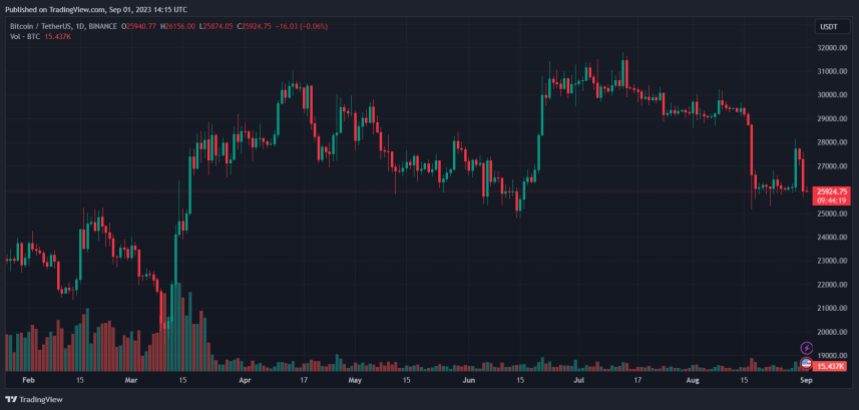New Job Listing Indicates What Ripple Is Focusing On Next
Following its partial victory over the United States Securities and Exchange Commission (SEC), Ripple seems to be turning its attention toward avoiding a repeat of such a lawsuit, as evidenced by its most recent job posting. Ripple Wants Compliance Talent Ripple is seemingly looking to improve its compliance with sanctions and regulatory developments through a more proactive approach. To this end, the payments processor is actively hiring talent to fill a role advertised as “Web3 Specialist, Global KYC & Due Diligence.” Related Reading: Here’s What Bitcoin Price The Bull Market Will Start According To This Analyst The job which carries an $85,000-$106,000 pay range is advertised to “be heavily focused on carrying out due diligence to mitigate regulatory, reputational and sanctions risks associated with Ripple’s institutional clients, counterparties and corporate partners to ensure compliance with Anti-Money Laundering (“AML”), Counter-Terrorist Financing, Economic Sanctions regulations such as the Bank Secrecy Act (“BSA”) and USA PATRIOT Act.” In light of these developments, Monica Long of Ripple in the US recently articulated the company’s strategy, saying, “We are very excited about this because we now have clarity on how Ripple will conduct its business in the future. And we are resuming operations in the US market.” This statement signifies Ripple’s intention to continue its operations in the United States. The recruitment also points to Ripple’s efforts to mitigate regulatory violations following its 3-year-long battle with the SEC. A Global Hiring Shift Reflects Ripple’s Ambitious Expansion Ripple has been one of the leading crypto firms that has continued to hire talent at a time when layoffs are the order of the day in the industry. GlobalData, a data analytics firm, reports that Ripple has increased its job postings by 26.9% during January-April 2023 compared to the same period in 2022. While the hiring trend in the US has declined slightly, Ripple has significantly ramped up job postings in Canada, Poland, India, and other countries. Sherla Sriprada, Business Fundamentals Analyst at GlobalData, noted at the time, “Ripple’s decision to primarily hire employees from outside the US reflects a strategic move towards global expansion, accessing international talent while also overcoming regulatory challenges in the US by diversifying its presence in other markets.” Related Reading: Bitcoin Price Crashes Below $26,000 As SEC Pushes Back On 7 Spot ETF Filings This means that despite its commitment to remaining in the US market, Ripple is actively going after talents in other jurisdictions. This points to a strategy of worldwide expansion instead of focusing on a single market. However, despite Ripple’s growth, its native XRP token has continued to struggle in the market. Coinmarketcap data shows that the altcoin is down 4.15% in the last day to trade at $0.5038 at the time of writing. XRP price falls to $0.52 despite expansion plans | Source: XRPUSD on Tradingview.com Featured image from Unsplash, chart from Tradingview.com







